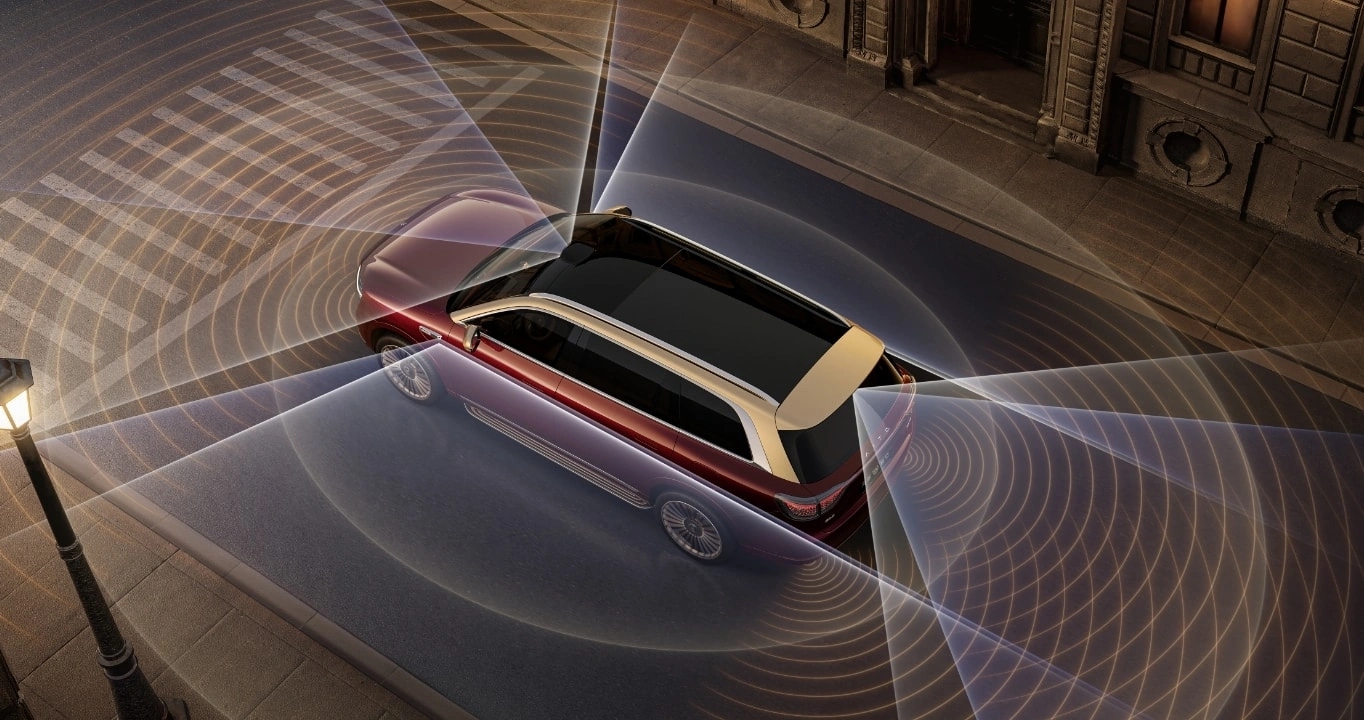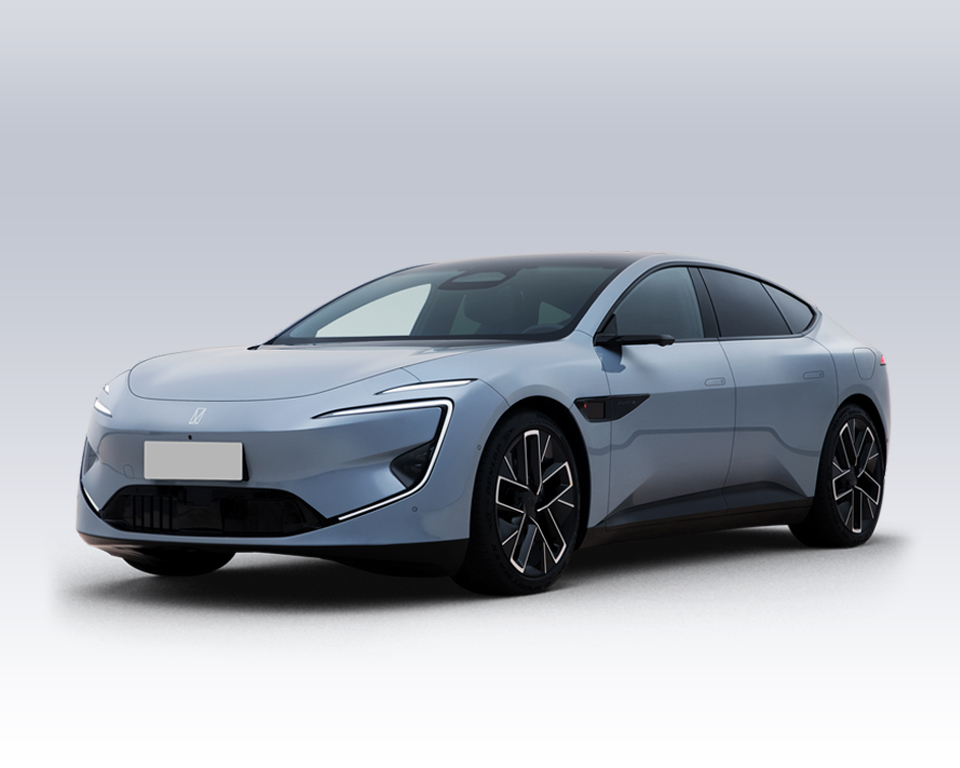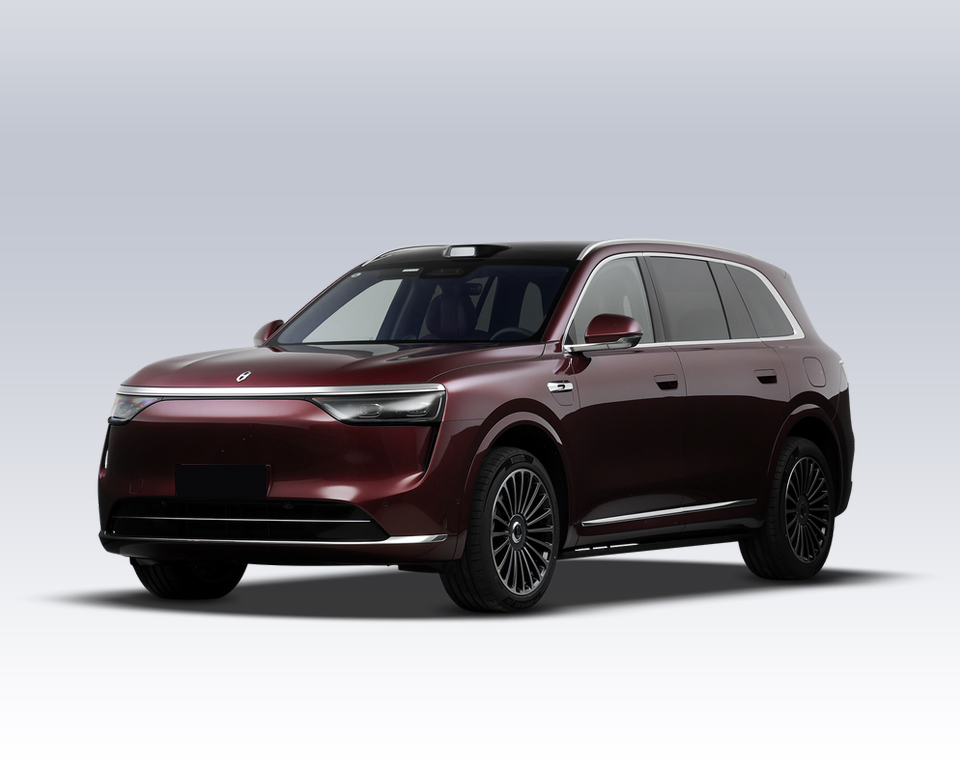Laser Radar : Giving New Energy Vehicles a Pair of “X-Ray Eyes”
As global competition intensifies in the export market for new energy vehicles (NEVs), intelligent driving features have become a key differentiator. Vehicles equipped with LiDAR (Light Detection and Ranging) stand out in safety, technological appeal, and customer trust. In this article, we’ll explore the core principles of LiDAR, its vital role in AEB systems and assisted driving, along with its advantages, limitations, and future trends.
Catalog

📡 How Does LiDAR Work?
LiDAR uses Time-of-Flight (ToF) ranging technology: it emits laser pulses that reflect off objects and measures the time it takes for the light to return. With the speed of light known, this enables centimeter-level accuracy. A full scan creates a dense 3D point cloud that builds a precise map of the vehicle’s surroundings.
There are two primary types of LiDAR wavelengths:
905 nm lasers: Cost-effective and compatible with mature silicon detectors but limited by safety regulations in terms of power and penetration.
1550 nm lasers: Offer better penetration and higher safe power levels, allowing detection distances beyond 300 meters. However, they are more expensive and mainly used in high-level (L4+) autonomous systems.

🚧 Critical Role in AEB Collision Avoidance
Automatic Emergency Braking (AEB) systems help reduce rear-end collisions by up to 56% by detecting obstacles and initiating braking autonomously. LiDAR contributes to AEB systems in four major ways:
High-Precision Distance Measurement: Unlike cameras and millimeter-wave radar, LiDAR can detect small or low-profile obstacles such as curbs or tires with greater accuracy.
Reliable Performance in Low-Light and Harsh Conditions: Infrared lasers are less affected by glare, headlights, or darkness.
Reduced False Braking: By distinguishing real obstacles from road shadows, LiDAR lowers the risk of sudden, unnecessary braking.
Enhanced Passenger Comfort: Less abrupt braking leads to smoother and more confident rides.

🧠 Advanced Use in L2-L3 Autonomous Driving (City NOA)
For vehicles equipped with Navigation on Autopilot (NOA), LiDAR is a critical component enabling safer urban autonomy:
3D Mapping & Trajectory Prediction: With centimeter-level precision, LiDAR builds detailed 3D maps and outlines moving or static obstacles. Combined with visual algorithms, it helps predict sudden pedestrian crossings or vehicle lane changes.
Low Latency, High Confidence: LiDAR offers millisecond-level response time for object recognition and distance calculation—ideal for fast-reacting AI decision-making.
As of early 2025, domestic giants like Huawei, Hesai Technology, and RoboSense together account for over 90% of LiDAR installations in China, accelerating adoption across the industry.

🧩 Multi-Sensor Fusion: The Ideal Solution
Rather than relying solely on vision-based systems, modern vehicles are embracing sensor fusion, integrating:
Cameras: Best for reading signs, traffic lights, and colors.
Millimeter-Wave Radars: Work in all weather but struggle with object shape recognition.
LiDAR: Complements others by offering high-precision 3D spatial data.
Together, they create a robust perception matrix: vision + velocity + distance + shape, delivering superior autonomous decision-making and safety.

🚗 Real-World Use Cases
🧠 Huawei ADS 4.0
Equipped with a compact, high-precision solid-state LiDAR module (approx. 45×50×44 mm—size of a soda can), Huawei’s system offers ±3 cm distance accuracy and can detect even small objects like toys or children at speeds of 150 km/h. It enables emergency stops smoothly and accurately, reflecting Huawei’s commitment to everyday intelligent safety.
🔍 Li Auto × Hesai AT128
With the AT128 LiDAR, even in low-light or heavy-traffic environments, Li Auto’s ADAS can stop safely at 120 km/h when encountering static obstacles. It can also identify unusual shapes like tricycles in urban traffic (around 90 km/h), greatly enhancing proactive safety.

⚠️ Challenges and Limitations
Despite its promise, LiDAR still faces several well-known hurdles:
High Cost: A single automotive-grade LiDAR sensor can cost over ¥10,000 ($1,400+), often requiring 1–3 units per car. Optical components make up over 60% of the total system cost.
Weather Sensitivity: In heavy fog, rain, or dusty conditions, beam scattering can reduce detection range by ~30%, requiring millimeter-wave radar assistance.
Special Scenarios: Reflective signs or flickering lights can cause “ghost points.” Snow-covered objects may go undetected. Noisy or overlapping point clouds demand advanced algorithms and training.
Driver Still Required: LiDAR supports, not replaces, human drivers. Even with automation features, human supervision is essential for safety.

🔮 Future Trends: Lower Costs, Smarter Tech
Over the next 3–5 years, the LiDAR sector is expected to evolve in several key directions:
Solid-State Tech Expansion: Innovations in OPA, Flash LiDAR, and MEMS tech will reduce costs and enable integration into mirrors, headlights, or body panels.
1550 nm + FMCW Combo: Enhances penetration and signal-to-noise ratios in fog/rain, while maintaining eye-safe high-power output—ideal for highway driving.
4D Radar Integration: Adds height detection to counteract LiDAR’s weather limitations, forming a triple-check safety net with radar and vision.
Localized Supply Chain: Chinese suppliers like Hesai, RoboSense, and Sunny Optical are reducing costs and ensuring reliable delivery with homegrown components.

🧾 Conclusion: Making Smart Safety a Reality
In simple terms, LiDAR equips electric vehicles with “3D night vision”—seeing and understanding surroundings clearly even in low-light or complex scenarios. It significantly improves the performance and reliability of AEB and autonomous driving systems.
While not a magic bullet, LiDAR’s role as the hardware backbone for advanced active safety makes it indispensable for Chinese EV brands entering global markets. As technology matures and prices drop, its impact will only grow.
Please explore our blog for the latest news and offers from the EV market.





